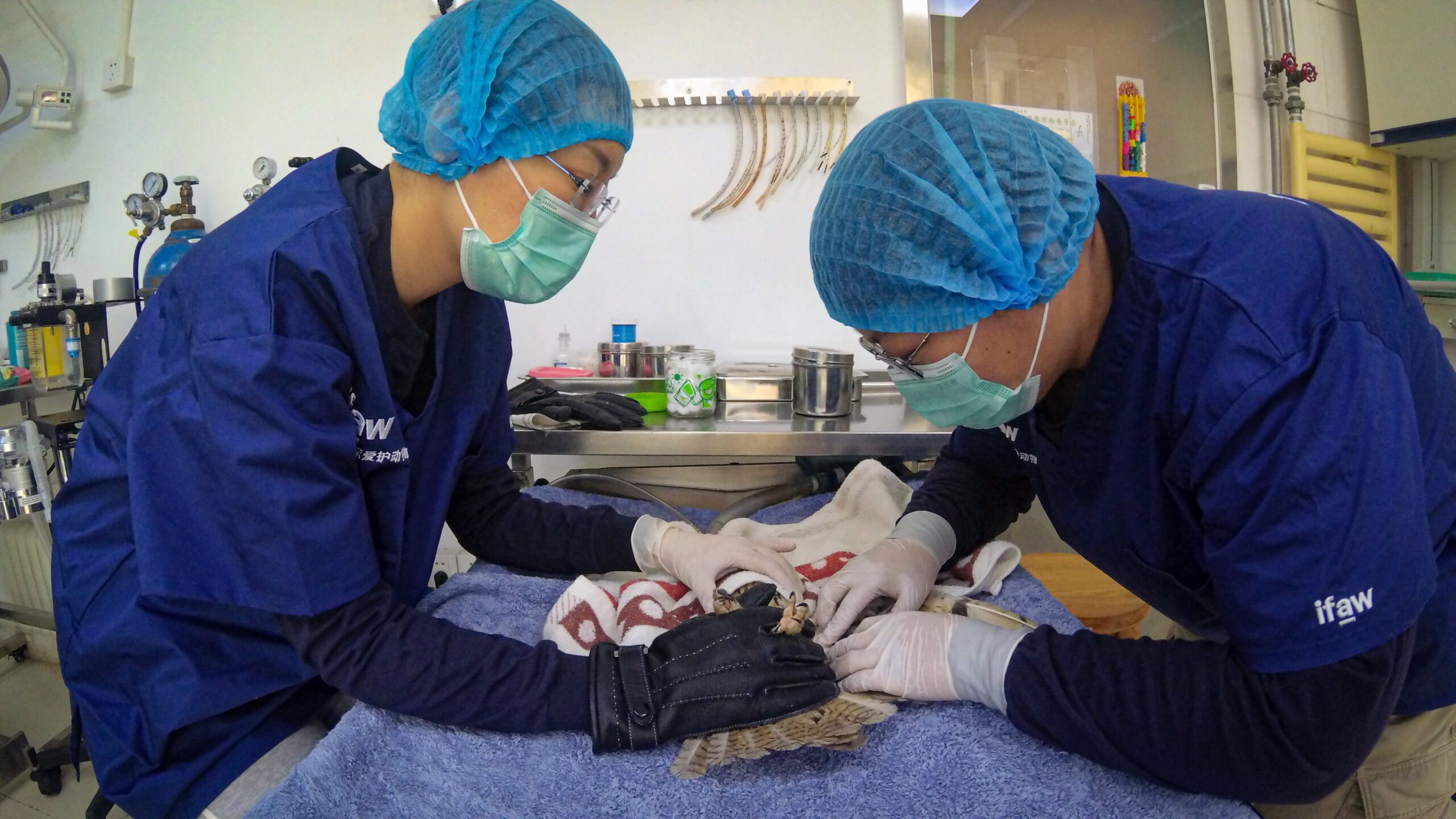Rio Rancho Veterinarian Advice: What to Do When You Find an Injured or Baby Bird
If I touch a baby bird, will its mother abandon it?
When you find an injured or baby bird on the ground, it’s hard to figure out what to do. At Coronado Pet Hospital in Rio Rancho, our veterinarian wants to give you some advice on what to do when you see an injured or baby bird on the ground.
Injured Birds
If you find an injured bird on the ground, get a cardboard box and place a towel, paper towel, or shredded paper on the bottom. Don’t use hay or straw. You can cover the bird in a towel to make it easier for you to pick up.
Gently place the bird in the box and close the lid. The bird will be able to breathe just fine through the cracks and it will appreciate the dark, confined space. Place the box in a warm, quiet, and safe place. Birds go into shock quite easily and often die due to shock.
Don’t force feed or give water to the injured bird.
Take the bird as soon as possible to a local wildlife rehabilitator.
It’s not uncommon for birds to fly into windows and end up on the ground. Before placing the bird into a box, give it a few minutes to regain its senses. Many times, with a bit of rest, it will fly away.
If the bird is still alive but hasn’t flown away after a while, then go ahead and place it in a box and follow the directions given above.
Baby Birds
When you find a baby bird on the ground, you must first determine why it’s there.
If the baby bird has a little down with a short tail and wing feathers, it may be a fledgling.
Fledglings are experiencing a stage where they are strengthening their flight muscles. It’s not uncommon for them to spend a few days on the ground while their parents still feed them.
The best thing you can do is leave them alone. But if the bird is in an exposed location, like a roadway or a yard that your dogs or stray cats have access to, move it to a sheltered location, like under a bush or shrub.
If the baby bird is younger than a fledgling and has fallen out of its nest, you must take certain steps.
Step 1: Determine if the baby bird is hurt or sick.
Follow the instructions for an injured bird if the baby bird is bleeding, shivering, weak, or has uneven drooping wings.
If the baby bird seems healthy, continue to step 2.
Step 2: Find the nest.
If you can locate the nest, put the baby bird back in the nest. Touching the baby bird will be fine since parent birds aren’t scared off by human odors. Next, watch the nest to ensure the parents are visiting the nest.
If you’re unable to locate the nest, or it’s damaged, make a substitute nest. Poke holes in the bottom of a plastic container, line it with shredded tissue, and hang it on the original or nearby tree. Place the baby bird inside and see if the parents visit the new nest.
Step 3: Watch to see if the parents are visiting the nest.
If the parents are visiting the baby bird in its original or substitute nest, then it should be fine, and you can now leave the area.
If the parents don’t return or visit the original or substitute nest, you need to call a wildlife rehabilitator.
Can’t find a wildlife rehabilitator? Call our Rio Rancho veterinarian
At Coronado Pet Hospital, our Rio Rancho veterinarians know all about injured and baby birds. That’s why we’re the best place to take your pet birds.
Whether you need advice for a wild bird or your pet bird, contact our Rio Rancho veterinarians. We’ll be happy to help!
 Download Our App
Download Our App
